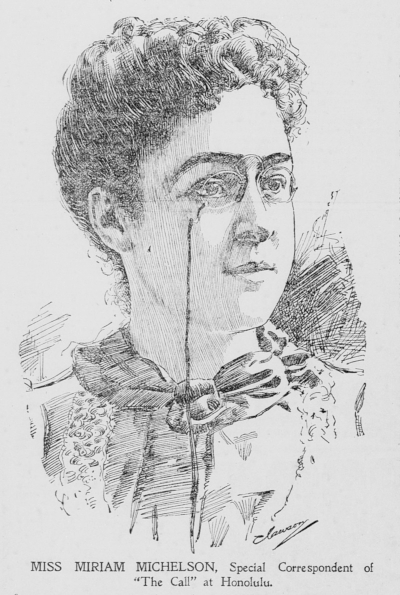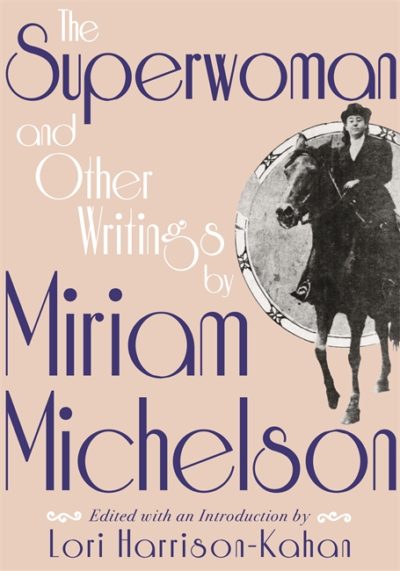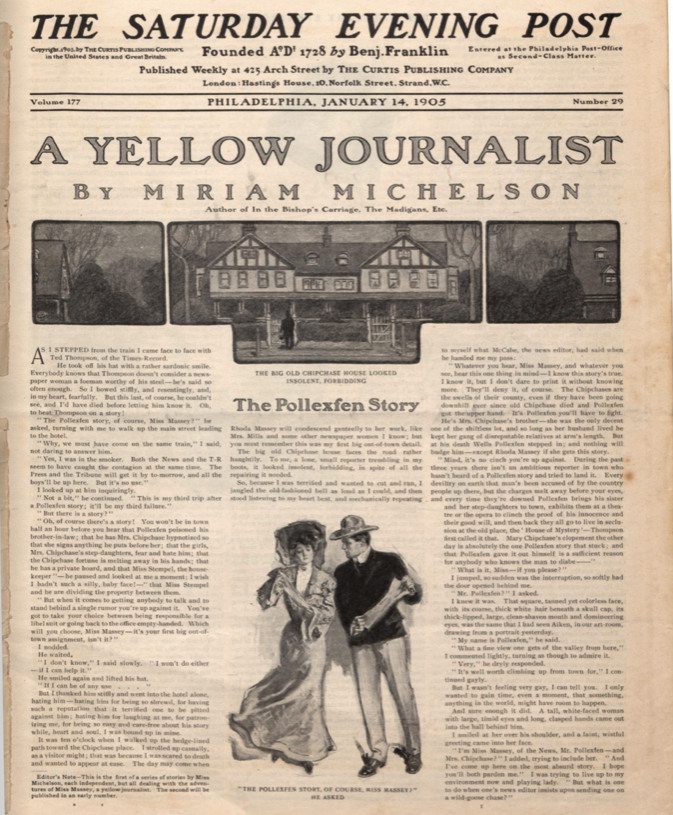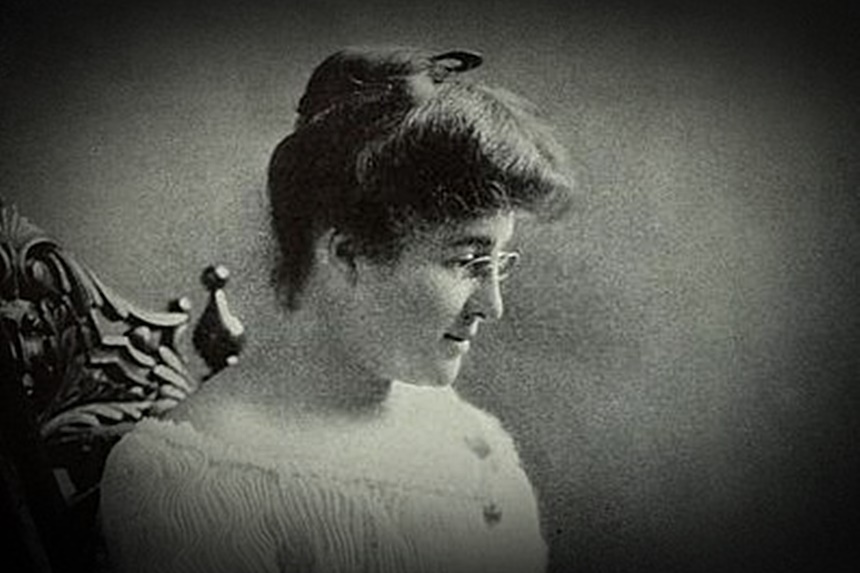This series by American studies professor Ben Railton explores the connections between America’s past and present.
On May 21, 1919, the House of Representatives passed the 19th Amendment, prohibiting the states and federal government from denying the right to vote to U.S. citizens on the basis of sex, by a vote of 304 to 90. The House had passed the amendment one prior time, in January 1918, but that version had failed to secure passage in the Senate. This May 1919 passage, however, would on June 4 likewise pass the Senate, the crucial first two steps in the process that culminated with Tennessee becoming the 36th and final state to ratify the amendment on August 18, 1920.
That ratification represented the culmination of a far longer process still: the more than half-a-century battle of women’s suffrage activists to gain the right to vote for American women. In recent years, a good deal of attention has been directed to the divisions and flaws in that suffrage movement, including its frequent racism and segregation; indeed, a prior column of mine highlighted those darker histories.

Despite such shortcomings, the suffrage movement featured inspiring figures from every American community, strikingly impressive women who brought their unique experiences, perspectives, and voices to bear on not only the cause of women’s rights but every aspect of turn-of-the-century society. Far too often overlooked or forgotten, these women deserve prominent places in our national narratives. One woman who deserves such recognition is journalist and novelist Miriam Michelson. Through her articles on suffrage, gender relations, racism, and voting, Michelson used her writing to chip away at these barriers. Anew collection, The Superwoman and Other Writings by Miriam Michelson (edited and introduced by scholar Lori Harrison-Kahan), exemplifies these forgotten superwomen of the suffrage movement.
Miriam Michelson was born in a California mining camp in 1870, one of eight children of Samuel and Rosalie Michelson, a pair of Polish Jewish immigrants who had in 1855 fled anti-Semitic violence to join the Gold Rush. The family would settle in Virginia City, Nevada, where Samuel and Rosalie opened a store to supply the miners. By the age of 25 Miriam had begun her own journalistic career in that evolving Western society, working as a reporter and columnist for the San Francisco Call and San Francisco Bulletin. From these earliest pieces she challenged conventional narratives and advocated for progressive social causes, as illustrated by a September 1897 article for the Call, “Many Thousands of Native Hawaiians Sign a Protest to the United States Government Against Annexation.”

Women’s suffrage quickly became one of the causes on which Michelson’s newspaper columns most frequently focused, whether she was profiling individual leaders as in “The Real Susan B. Anthony” (1895), documenting the movement’s social and political gatherings as in “Viewed by a Woman: Miriam Michelson Gives Her Impression of the Congress” (1895), or linking suffrage to overarching arguments for equal rights and progressive identities as in “The Real New Woman: Miriam Michelson Likens Her to a Pleasant Dream, Not a Nightmare” (1895). In these and all her pieces Michelson brought nuanced observations and compelling style to the cause, making the case for equality as much through her own voice and perspective as through the content.
As Michelson’s career unfolded she turned to fiction as her central genre, but with that same combination of perspective, style, and progressive activism. One of her first novels, A Yellow Journalist (1905), was initially excerpted in several installments in The Saturday Evening Post and models the connection of her own career and perspective to these fictional stories. Yellow is narrated by Rhoda Massey, a hard-nosed young reporter, unconcerned with gender norms or expectations and determined to scoop her competitor Ted Thompson at all costs. Massey gradually becomes an impassioned social activist through the ethical and moral lessons offered by an older Jewish American woman whom she interviews.

Michelson extended such perspectives and themes to a quite distinct fictional genre with her novella The Superwoman (1912), a utopian fantasy about a matrilineal society in which early 20th century American gender roles and power dynamics are thoroughly and productively reversed. Throughout her career Michelson advocated for “The Matriarchate,” an alternative social order ruled by progressive female leaders modeled on both suffrage activists and the overall concept of the “New Woman.” In Superwoman she gave that theory extended imaginative shape and depth, creating a feminist utopia that predated by three years her colleague and friend Charlotte Perkins Gilman’s 1915 novel, Herland.
The ratification of the 19th Amendment did not, of course, usher in such a utopia, nor did it conclude the work and activism of figures like Miriam Michelson, who would continue to publish fiction, non-fiction, and journalism until her death in 1942. Yet the amendment represented a striking moment of progress and reflected decades of activism that led to that turning point. This singular and influential historical achievement would not have been possible without inspiring superwomen like Miriam Michelson.
Featured image: Wikimedia Commons
Become a Saturday Evening Post member and enjoy unlimited access. Subscribe now



